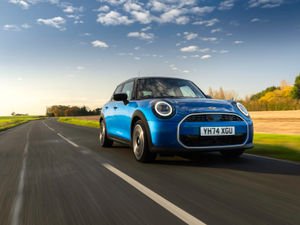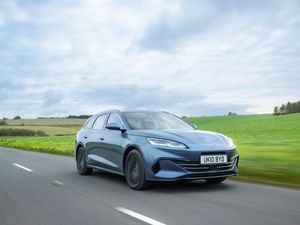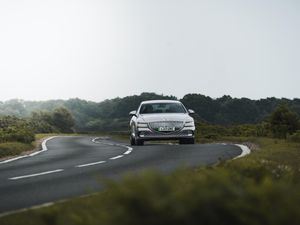Review: The Toyota Auris Hybrid Touring Sports is a mixed bag
Tom Wiltshire gets behind the wheel of the only compact family estate currently offered as a hybrid – the Toyota Auris Touring Sports

What is it?
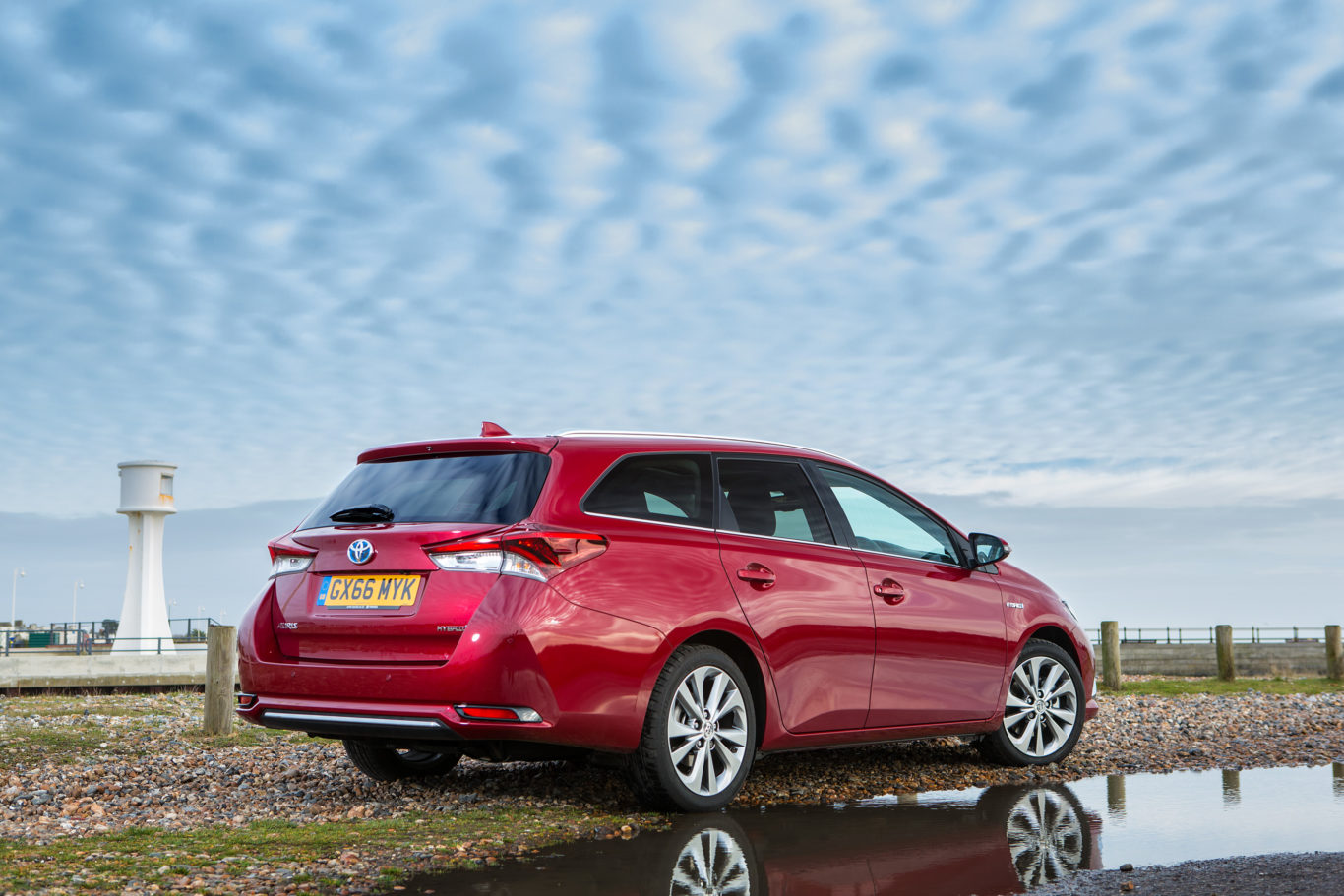
First there was the Toyota Prius, and we saw that it was good. Well, kind of – we certainly saw that it was efficient, but nobody could have predicted how popular the hybrid would become.
Toyota certainly did though, and it now offers hybrids in more market segments than just about anybody else. Take this Toyota Auris Touring Sports, for example – it’s a compact estate, making it unique – for now – in the hybrid market. Rivals are either bigger, such as the Kia Optima Sportswagon, or standard hatchbacks, such as the VW Golf GTE.
But can compact dimensions and a big boot turn this Auris into a winner?
What’s new?
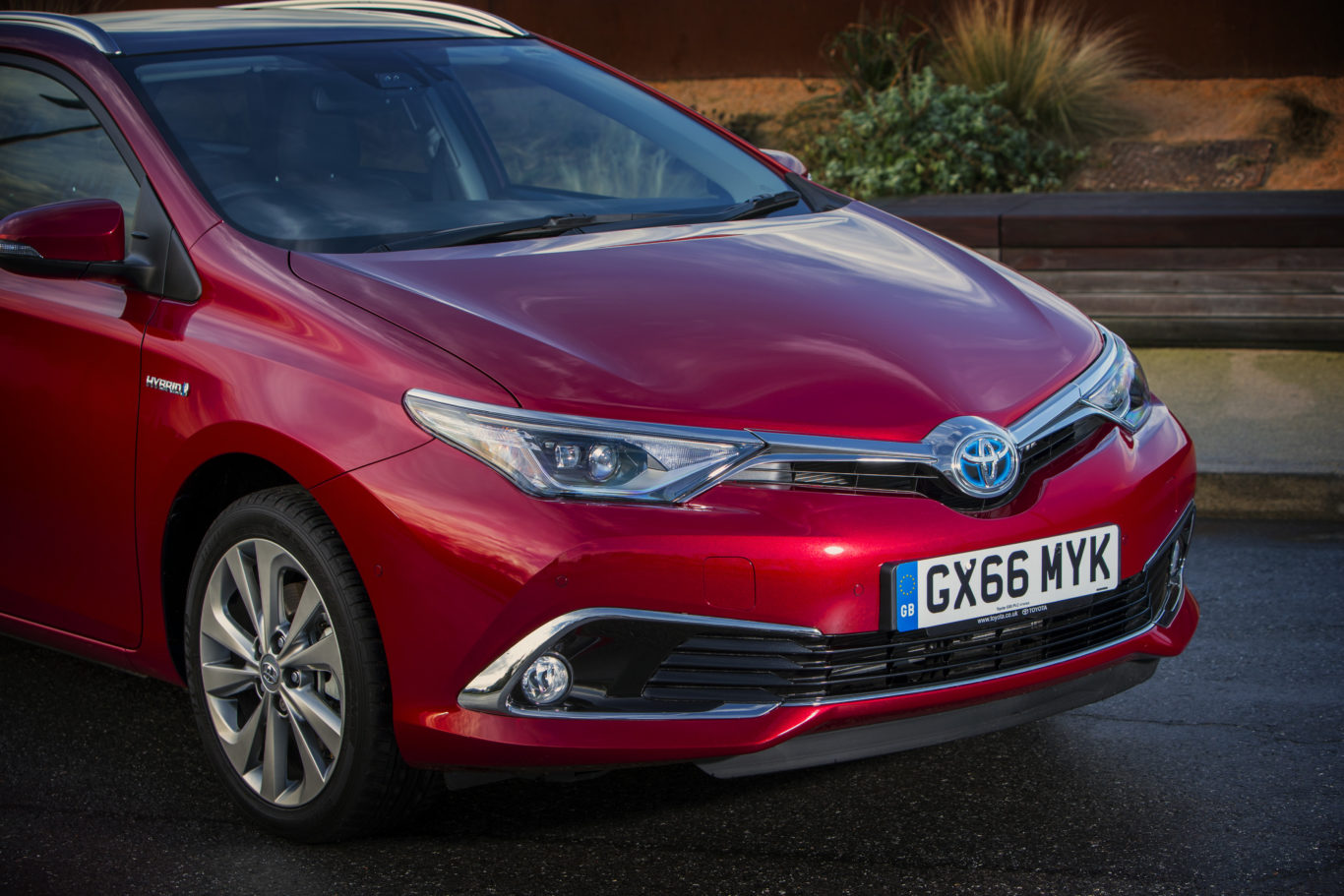
The latest Auris gained a fairly extensive exterior makeover from the generation before it, and the Touring Sports (we’ll just call it an estate from here onwards) didn’t escape. The pointed ‘family face’ Toyota’s adopting across the range is present and correct, and looks fairly smart.
Inside, the infotainment display was upgraded, as were the climate controls – though we feel the touch-sensitive buttons and rocker switches are a poor substitute for the chunky switches and rotary dials that came before, at least in terms of ease of use.
What’s under the bonnet?
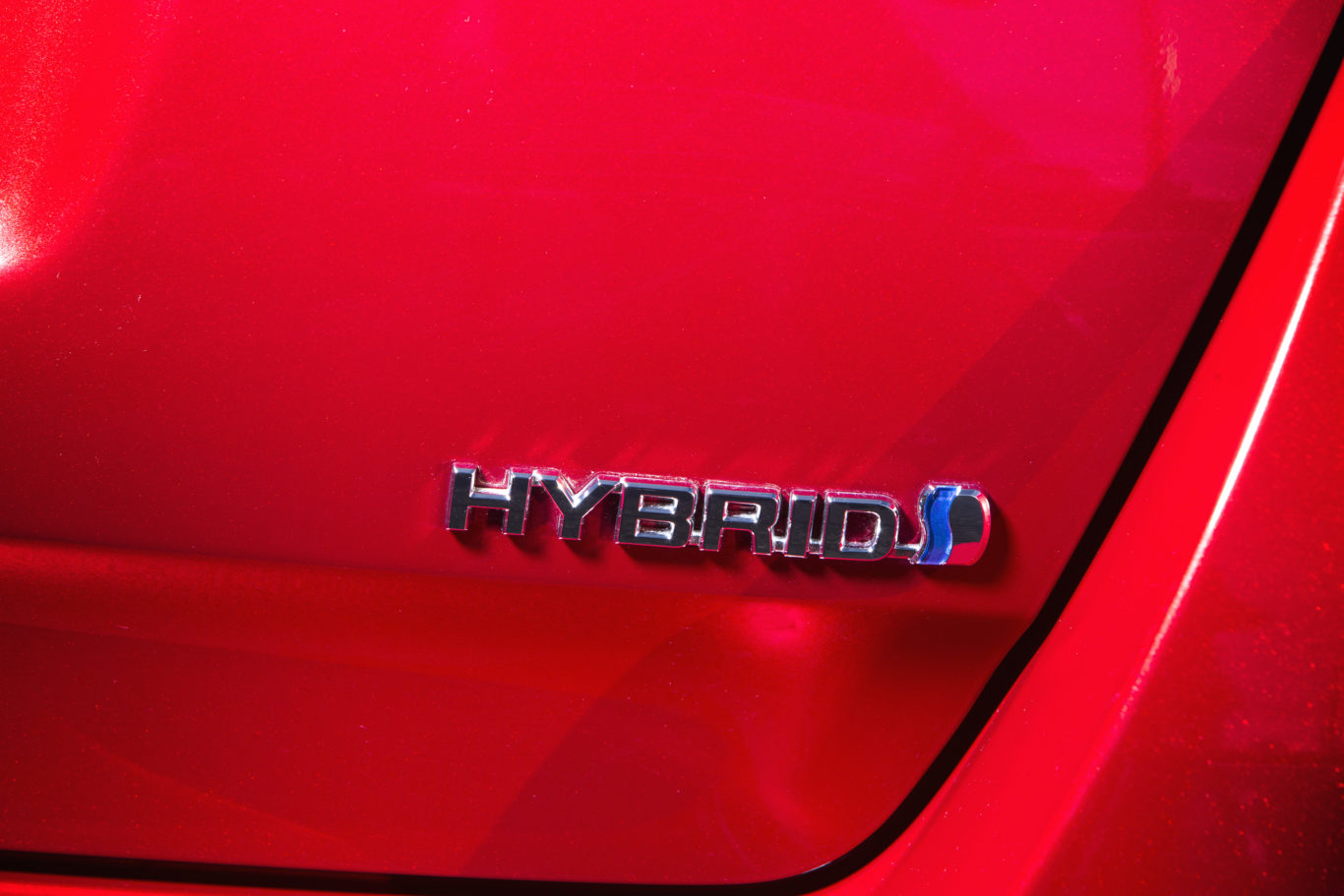
The 1.8-litre hybrid powertrain is related to that of the Prius, unsurprisingly. It’s a self-charging hybrid system, which means you don’t need to plug in to get the best from it. However, that also means all-electric range is limited – you’ll get a few miles at low speed, but expect that engine to cut in frequently.
The whole setup is quiet and relaxed around town, and staying at low speeds, the Auris Hybrid makes a lot of sense. Constant acceleration and deceleration charges the battery quicker, and you’ll soon see some seriously impressive economy figures of over 60mpg. The extra poke of the electric motor gives the Auris enough punch off the line to deal with city traffic, too.
Out on motorways and faster roads the electric motor stops being so useful and the car loses its sparkle. The CVT gearbox is sluggish to respond to demands for more power, the engine is noisy and gutless at higher rpm and fuel efficiency plummets. Stick with a diesel if you intend on doing a lot of motorway driving.
What’s it like to drive?
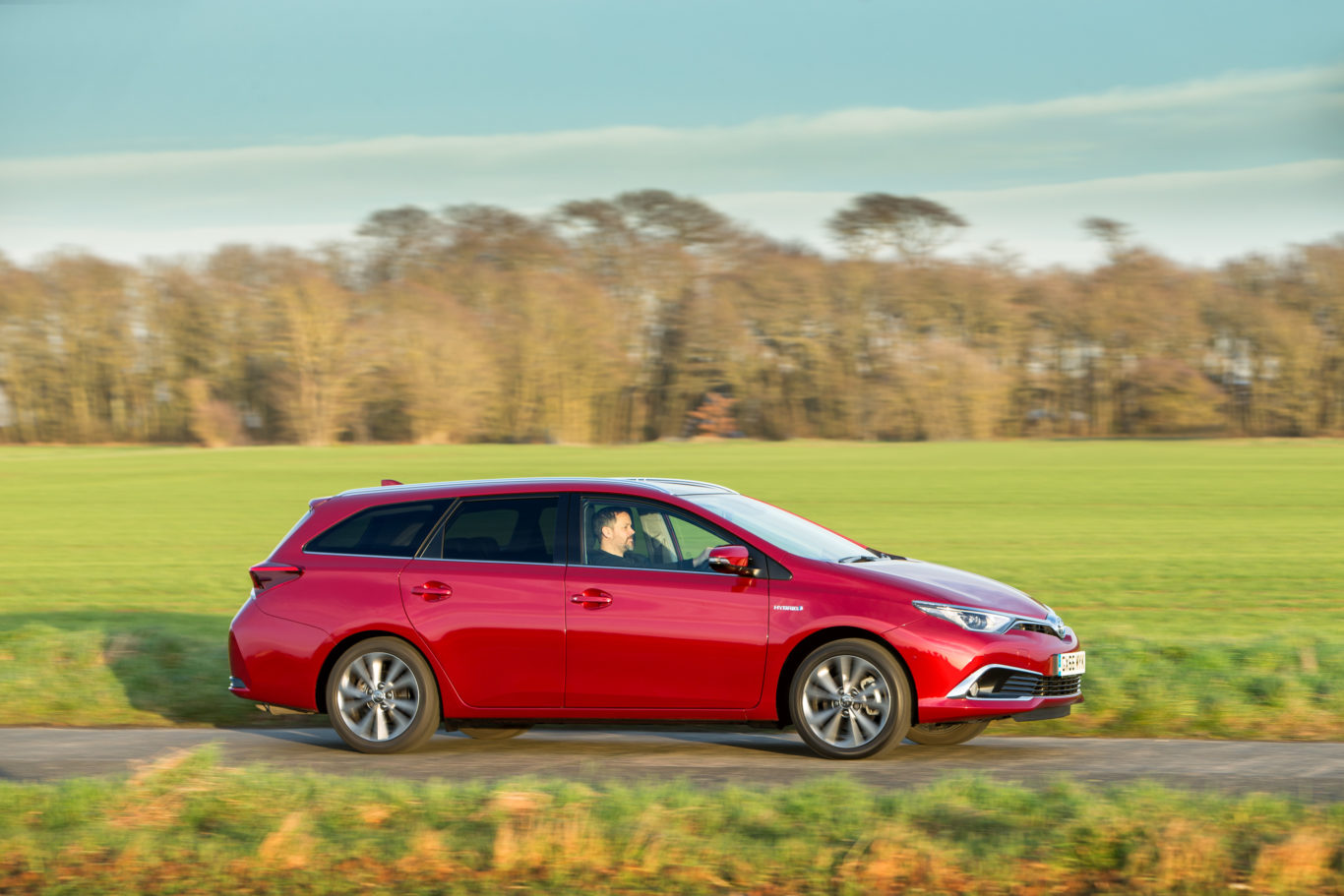
Toyotas – GT86 aside – aren’t really set up for spirited cornering and the Auris is no exception. Show it a twisting back road and soon the remote steering and heavy body make themselves known.
Again, it’s in town where the Auris Hybrid shines. The steering is light and accurate enough for confident manoeuvres in tight gaps, while good all-round visibility makes parking a doddle even with the additional length of the estate body.
The Auris’ long wheelbase and squishy tyres do take the edge off most bumps round town, but there’s little sophistication to the suspension setup and the car rolls like a ship if you corner with any vigour.
How does it look?
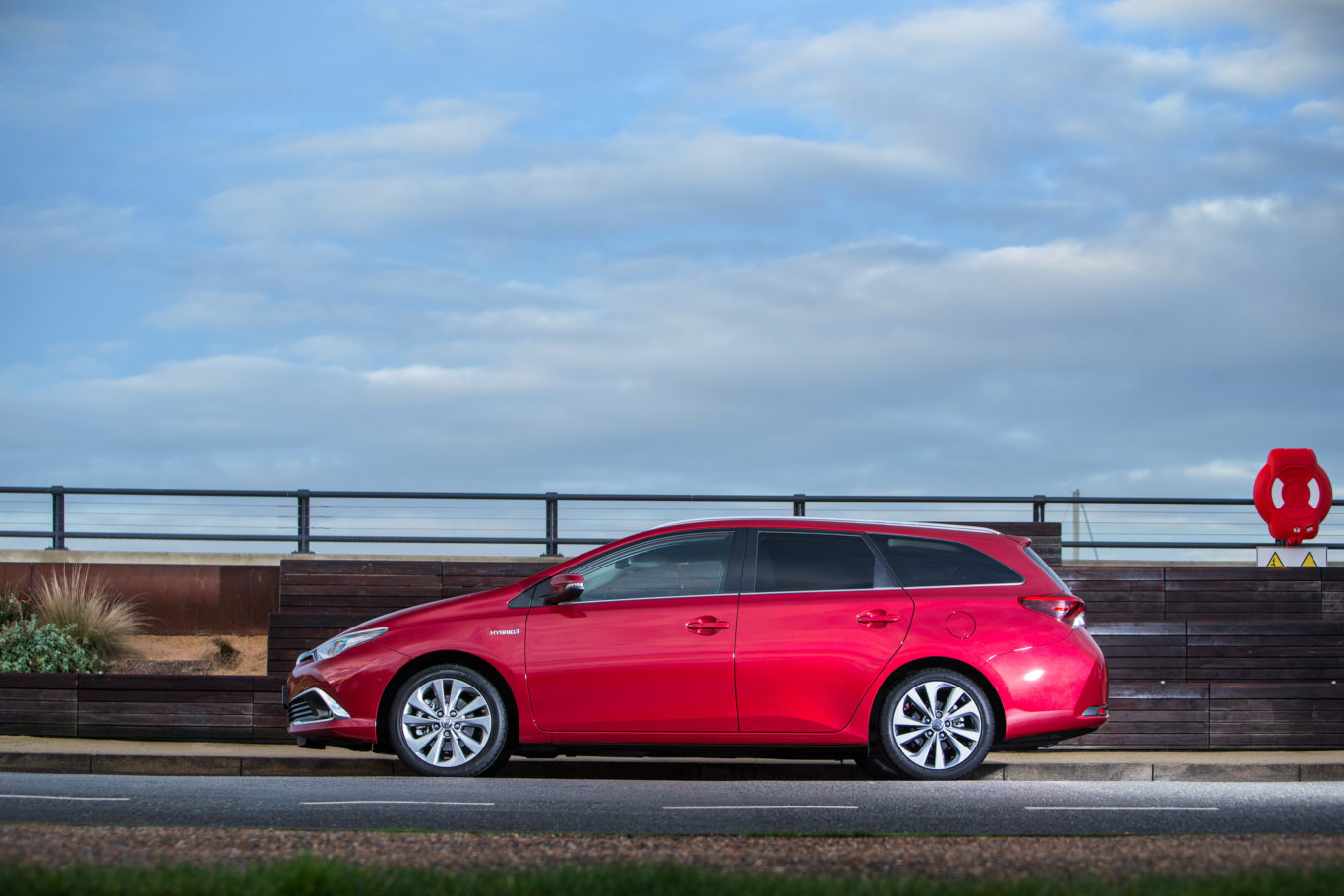
The ‘Pure White’ paint finish of our car had the unfortunate effect of making it appear like a large kitchen appliance – perhaps Toyota knows how much owners of estate cars love transporting fridges around. On the whole, though, it’s a relatively inoffensive design, though the rest of the car is nowhere near as interesting as that pointed nose.
In fact, even opting for top-spec Excel trim and going wild with the options won’t make your Auris stand out.
What’s it like inside?

Space is a good point, and the Auris Estate has a massive boot with a wide opening, low loading sill, square aperture and flat floor. A tick there, then, while even rear seat passengers are decently cared for, with two six-footers able – just – to sit one behind the other. We found the driving position uncomfortable though, with a steering wheel that didn’t extend close enough to the driver.
Design and quality aren’t fantastic, though. While everything feels solidly built – this is a Toyota, after all – the materials feel cheap and nasty in places. There’s little cohesion to the dash design – simply too many angles and different materials going on. That’s not forgetting the old-school digital clock.
The whole package will appeal to serial Toyota buyers – the kind who aren’t too fussed about design, and simply appreciate the brand’s obsession with precision which should ensure the Auris’ interior survives as long as they do.
What’s the spec like?
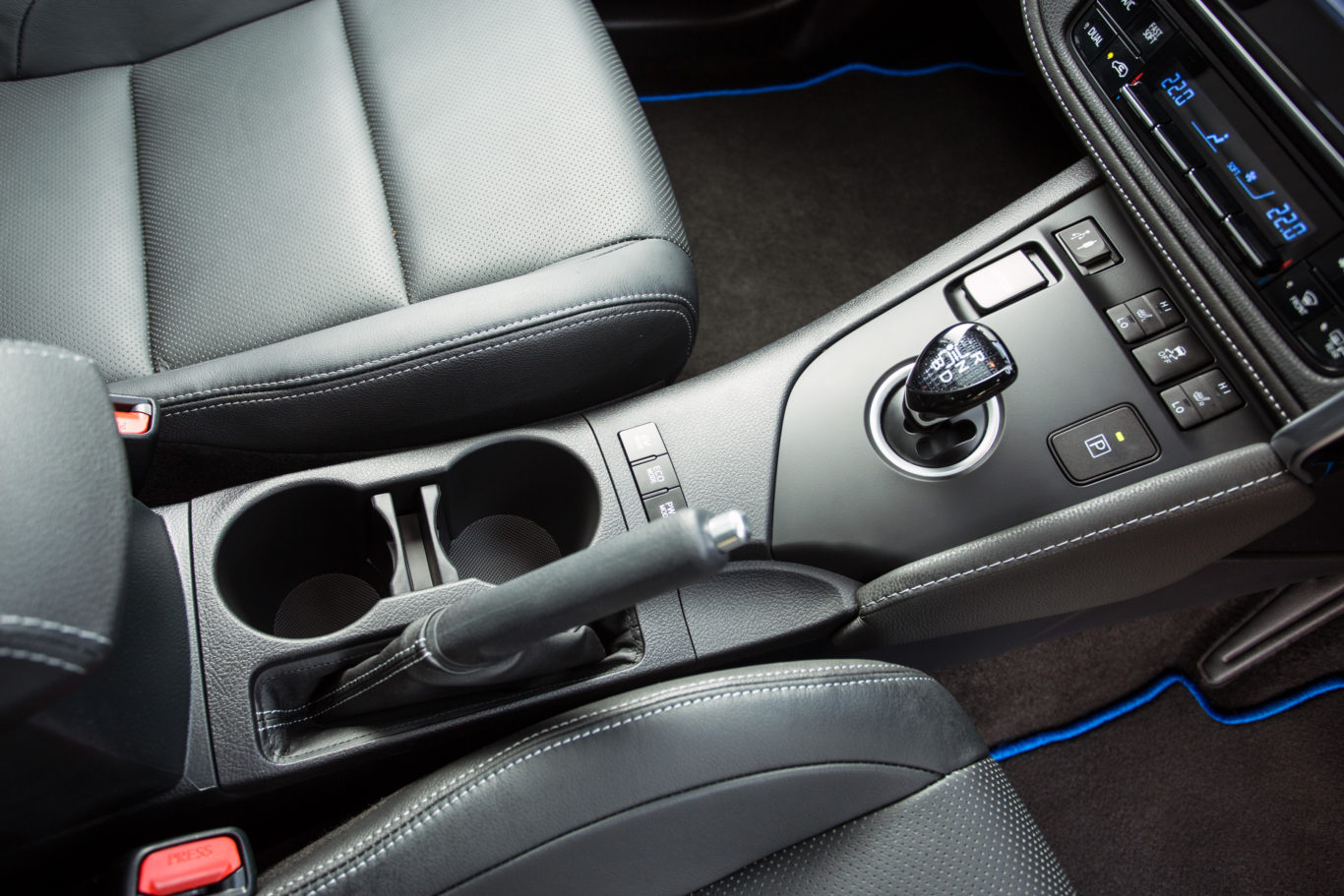
Hybrid models aren’t available in entry-level Active trim, so our base-spec car was an Icon model. Climate control comes as standard, while our car had excitements such as front and rear electric windows, a reversing camera, front foglights, 16-inch alloy wheels and Toyota’s Touch 2 infotainment system.
It’s hard to think why you’d bother going for Design trim, which attempts – and fails – to jazz things up with blingier alloys and sports seats, or even range-topping Excel which throws in LED headlights, dual-zone climate control, part-leather upholstery and all-round parking sensors.
Verdict
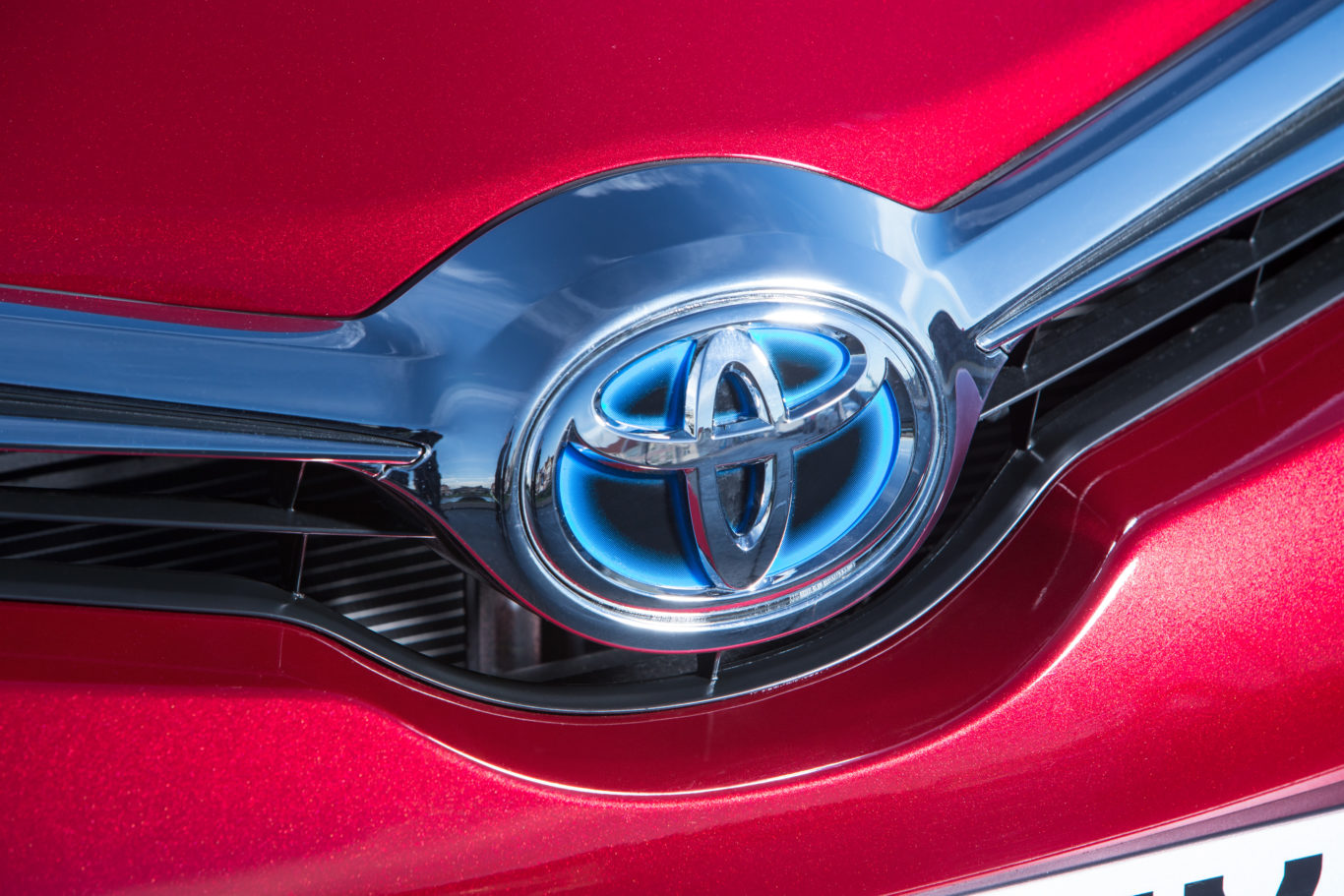
We’re car enthusiasts, and the Toyota Auris Hybrid estate – sorry, Touring Sports – isn’t really for us. It offers little of the things that thrill us such as driving dynamics or bold design, but instead appeals to the sensible bone in each of our bodies – the bit that appreciates a five-year warranty, a spacious interior, excellent fuel economy and the promise of bulletproof reliability. A new Auris is coming along next year, though, and we think it will be many times better than this aging design.


